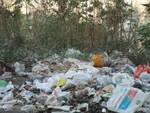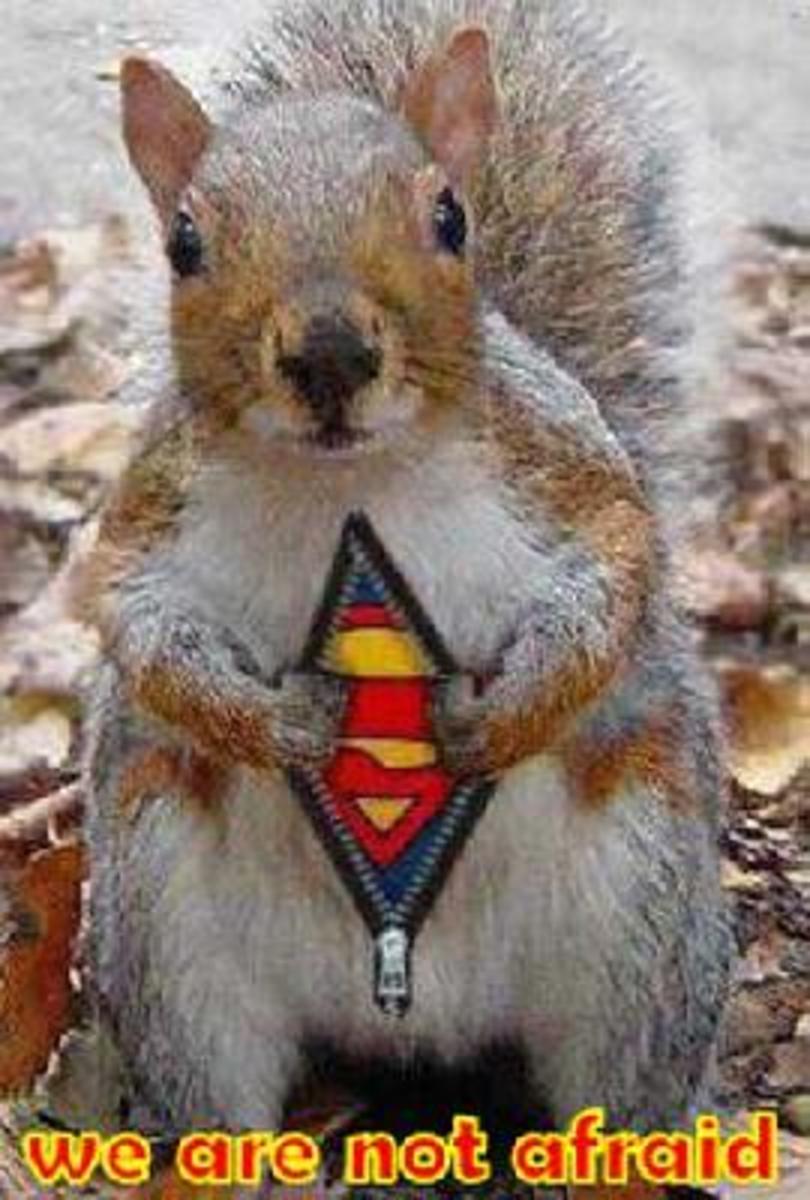Mumbai - A Herculean task of garbage disposal
Mumbai is geographically divided into three sections, namely, the island city (or main city), the western suburbs and the eastern suburbs. The total population of the city is nearly 13 million. Mumbai generates waste to the tune of approximately 7,025 tonnes per day. This waste primarily consists of 5,025 tonnes of mixed waste (bio-degradable and recyclable) and 2,000 tonnes of debris and silt.
The biodegradable waste (wet waste) is made up of vegetable and fruit remainders, leaves, spoiled food, eggshells, cotton, etc. Recyclable and dry waste consists of newspapers, thermocol, plastic, battery cells, wires, iron sheets, glass, etc. Debris includes construction waste, renovation waste and demolition waste. Silt comprises earth and clay from drains and road corners. The Municipal Corporation of Greater Mumbai (MCGM) is responsible for the management of waste in the city. The garbage is collected from communities by the municipal authorities and disposed off at three main dumping sites that currently service the city.
In Mumbai the garbage collection mechanism beginning from house level commences with garbage collectors employed by housing societies manually collecting the waste generated at the household level and dumping it in the garbage bin at specified street corners.
There are around 5,800 community bins in the city. In case of South Mumbai, trucks collect garbage from the garbage bins and transport the garbage to a transfer station which is located in Mahalakshmi. A separate transport is arranged for transferring the garbage from Mahalakshmi to the northern part of Mumbai where the dumping grounds are situated. From all other parts of the city, garbage is sent directly to the dumping grounds. Nearly 95% of the waste generated in the city is disposed off in this manner.
This manual operation involves 35,000 personnel employed by the MCGM along with 800 vehicles. MCGM spends about Rs15-20 lakh per day on collecting and transporting garbage and debris with municipal and private vehicles making 2,000 trips every day. A low-lying marshy area, located on the outskirts of a city, with no human population is termed as a dumping ground. There are three dumping grounds which are located in the northern part of Mumbai, one at Gorai (Borivali), another one at Mulund and a third at Deonar. Deonar has the largest dumping ground. All dumping grounds are 30-40 km from South Mumbai and hence incur high transportation cost.
The increase in the population of the city has forced people to settle near the dumping grounds. This has led to a twofold problem - people live in unhealthy conditions and protest for the closure of the dumping grounds.
The average life of a dumping ground is 30 years. Mumbai's largest dumping ground which is Deonar is only five to six years and, so far, no alternative site has been found for the disposal of waste. Often waste, offers an incentive with an after sale value when sold as newspaper or metal, etc. sold to informal dealers by rag pickers. But the other organic waste, old batteries, polystyrene (thermocol), polythene bags, debris, to name a few, do not have a resale value. It takes a long time for such waste to decompose, when dumped in low-lying areas. The search for a new dumping ground begins only when the filling area of the dumping ground is exhausted. Lesser waste means longer the life of the dumping ground.
The waste at the dumping ground is covered with debris and spread evenly in layers. The organic waste undergoes natural decomposition and generates a fluid, which is known a leachate, which is very harmful to the ecosystem, if not treated properly. The leachate penetrates the soil and, if not prevented, pollutes the ground water. Flies, mosquitoes and many other pests breed on the waste and unless properly maintained, the dumps are a public health hazard.
In Mumbai, each day 2,000 tonnes of debris is generated of which some part goes to the dumping ground for spreading over the organic garbage, as dirt and soil are expensive. The remaining debris is spread next to the roads, in the creeks, next to railway tracks and on open grounds. Every day, houses or shops are repaired in some part of the city or demolition of old buildings occurs for reconstruction. A building of 20 floors when externally fixed generates nearly 200 truckloads of debris which can be used either in filling low-lying areas or for reclamation. The only regulation, which has been imposed by the Corporation, is that the area where the repairs, renovations and new constructions have happened, needs to be cleaned up from all wastes, after the completion of work.
There are truckers who earn a livelihood by collecting this debris and transporting it for disposal. However, disposing it off properly remains a concern, as there is very little space in Mumbai. It has to be carted over long distances which increases transportation costs so significantly as to make the entire “business” unprofitable. So it is dumped clandestinely in the creeks. As Mumbai has a coastal stretch of 603 sq. km, it has numerous creeks. The channels of water which occupy marshy land during high tide nurture mangroves which provide oxygen to the water for fish to breed. In many areas, like Versova, Gorai, Charkop and Mankhurd, the entire eco-system of the creek has been destroyed as waste is dumped surreptitiously.
Increasing prices of land and more construction activities are forcing the demolition of old structures and building of new structures creating more debris wastes. Debris, being very bulky in nature, requires more space, reducing the life span of the dumping ground. Therefore, municipalities, generally, refuse the entry of debris into dumping grounds. Finding few alternatives, debris is dumped by roadsides. Over time, people start dumping organic waste on top of debris which escalates the waste disposal problem increasing the risk of a health hazard.
Improper storage and accumulation of garbage and rubbish attracts rodents, animals and vermin, produces noxious odors and creates potential health hazards. Disease-causing pathogens love garbage. Flies and cockroaches are the pests prominently grow along with microscopic bacteria like salmonella and shigella that cause stomach disorders like severe diarrhea. The more food debris, the more biodegradable stuff, the better the pathogenic bacteria do. Pathogens are spread not only by insects but by pets dogs and cats. Human beings can also transmit these bacteria by improper handling of garbage.
The problem at hand is a lack of a sense of public hygiene and conduct. The public at large in Mumbai is illiterate of proper garbage disposal. Fast food joints and public tea-stalls are an asset to the hungry but their patrons escalate the problem of garbage with no conduct as yet imprinted in the minds of the people. Increasing numbers entering the city with no concept on use of public property or public behavior has made public vehicles like trains and buses easy to use garbage bins and spitoon sinks.
Instead of ten scenes of violence or lust can the media collect good karma by dedicating a few impressionable shoots in keeping the city clean and green?
Today only what's hot on TV or in a movie sells- and the public at large is quick to learn. One can only harness a dream of a clean green Mumbai for its inhabitants as the task is gigantic.
Acknowledgements-
1. Dr Nita Mukherjee- Understanding our civic issues.
2. The students of the Matushri Kashiben Vrajlal Valia International Vidylaya who painstakingly worked on their projects and collected good picture data from their areas.











